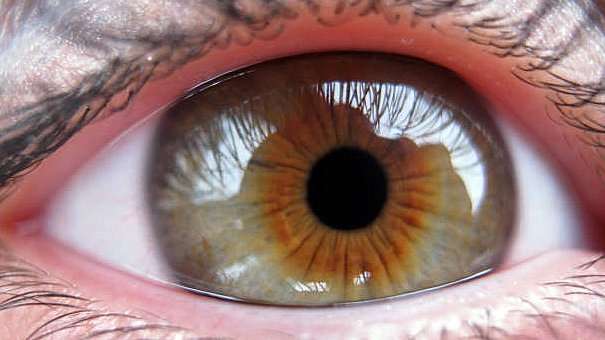Study helps fill in gaps in our visual perception

A Dartmouth College study sheds light on how the brain fills in the gaps of how we visually perceive the world around us.
The findings appear in the journal Proceedings of the National Academy of Sciences.
Visual images and other raw sensory data must reach the cerebral cortex to be perceived, but the data are often missing details when they are sent from the eyes to the visual cortex, the part of the brain responsible for seeing. Thus, our visual system regularly fills in extensive details to create enriched images that help us to understand and interpret what we see. A growing body of evidence suggests these "filled-in" visual signals are represented at early stages of cortical processing.
The researchers used fMRI on study participants to explore the neural mechanisms underlying the reconstruction of these "filled-in" images. They found that "intermediate" object features, which aren't in the retinal signals but are inferred during kinetic transformation, are reconstructed in neural responses at early stages of cortical processing, presumably via feedback from high-level brain areas.
"Many human activities critically rely on extensive reconstruction of missing details of sensory information," says senior author Won Mok Shim, an assistant professor of Psychological and Brain Sciences at Dartmouth whose research explores how the human visual system gives rise to visual perception and experience. "Understanding the mechanisms of this reconstruction process and how to fill in gaps in our perception with internally reconstructed visual information has broad applicability to science and engineering that is impacted by the interface between sighted humans and machines of all types."
More information: Edmund Chong et al. Reconstructing representations of dynamic visual objects in early visual cortex, Proceedings of the National Academy of Sciences (2015). DOI: 10.1073/pnas.1512144113

















